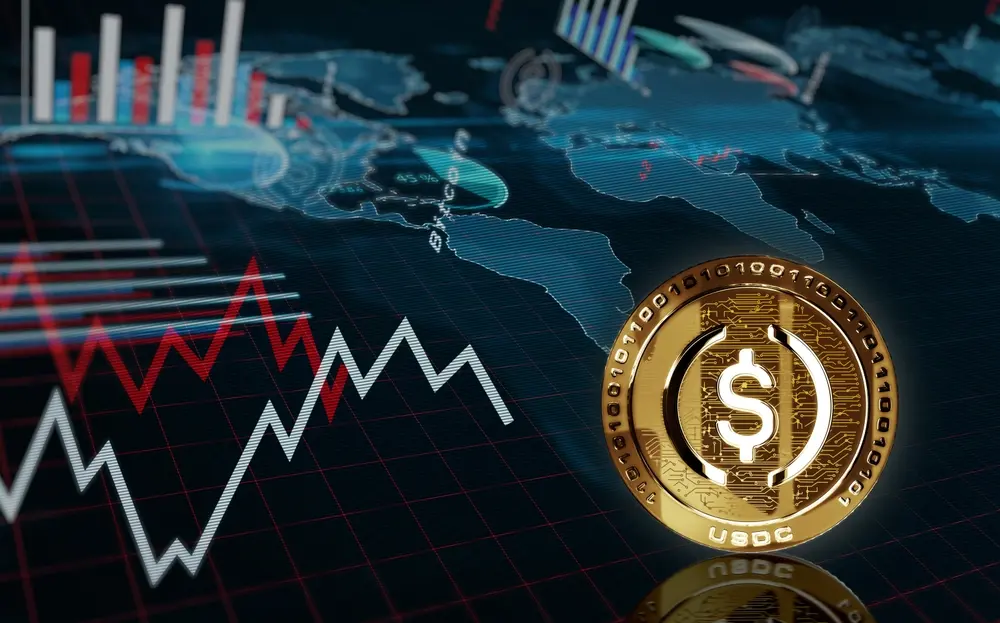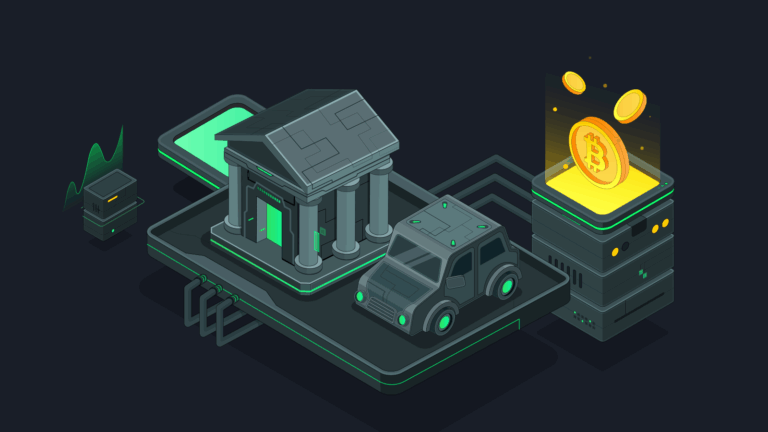
As crypto enters the mainstream, stablecoins are emerging as the bridge between blockchain and traditional money. In 2025, billions of dollars move daily through stablecoins like USDC, USDT, and new CBDC alternatives. But how do they actually compare to the fiat currencies they’re supposed to mirror?
Let’s look at the facts.
What Are Stablecoins?
A quick refresher
Stablecoins are cryptocurrencies whose value is pegged to a stable asset, usually a fiat currency like the US dollar or the euro. Their goal: combine the price stability of traditional currencies with the speed and transparency of blockchain.
The most common types:
- Fiat-backed (e.g. USDC, USDT): fully collateralized with cash or short-term treasuries
- Crypto-collateralized (e.g. DAI): backed by overcollateralized crypto assets
- Algorithmic (e.g. FRAX): use code and incentives to maintain their peg
In 2025, most users rely on fiat-backed stablecoins, as they’re seen as safer and more liquid.
Fiat Currency in 2025: Still Dominant, But Under Pressure
Central banks and inflation
Fiat currencies remain the global standard for commerce and reserves. But many are under pressure from inflation, political instability, and debt. Even the U.S. dollar has shown signs of long-term devaluation due to stimulus programs, interest rate cycles, and global dedollarization efforts.
Emerging markets face more volatility: capital controls, hyperinflation, banking crises.
This opens the door to alternatives—especially in countries where people have lost faith in their own currencies.
Where Stablecoins Outperform Fiat
1. Accessibility
A stablecoin wallet is open to anyone with a smartphone. No bank account needed. In contrast, fiat systems often exclude people due to geography, ID requirements, or lack of infrastructure.
In 2025, stablecoins are being used by freelancers in Africa, remittance workers in Asia, and online merchants globally.
2. Transaction speed and cost
Sending USDC across borders takes seconds and costs a few cents. Try that with a wire transfer—or even PayPal. Traditional systems can take days and charge fees of 2%–5%.
3. Transparency
Stablecoin transactions are recorded on public blockchains. Anyone can verify when and where funds moved. With fiat? You depend on opaque banking networks.
4. Programmability
Smart contracts allow businesses to automate payments, create escrow systems, issue payroll instantly. Try doing that with your local bank app.
Where Fiat Still Wins
1. Legal tender status
Governments accept taxes, fines, and public services in fiat—not stablecoins. In many countries, it’s illegal to settle contracts in anything else. Fiat remains the default currency of law.
2. Regulatory clarity
Fiat systems are fully embedded in national legal frameworks. If something goes wrong with your fiat deposit, you can take your bank to court. With stablecoins, especially offshore ones, enforcement can be tricky.
3. Insurance and protection
Most fiat accounts in regulated banks are insured (FDIC in the US, EU equivalents). If a bank collapses, you still get your money. With stablecoins? If the issuer goes down—or lies about reserves—you may lose everything.
4. Stability during crises
Ironically, during crypto panics, people often flee back to fiat. Even if fiat inflates slowly, it rarely collapses overnight. In contrast, algorithmic stablecoins have failed before (remember Terra/LUNA in 2022?).
What About Central Bank Digital Currencies (CBDCs)?
State-backed stablecoins?
CBDCs are digital versions of fiat, issued by central banks. China’s digital yuan, the EU’s digital euro, and pilot programs in Latin America and Africa are in advanced stages.
CBDCs offer the same speed and programmability as stablecoins, with state backing. But they raise privacy concerns: governments can trace spending, freeze funds, and enforce behavior.
In some countries, citizens prefer private stablecoins for freedom and neutrality.
Use Cases in 2025
Cross-border payments
Remittance workers in the Philippines send USDC to family in real time, avoiding Western Union fees.
E-commerce
Online stores accept USDT or USDC directly, bypassing credit card networks and fraud risks.
DeFi (Decentralized Finance)
Stablecoins are the backbone of DeFi—used for lending, yield farming, and liquidity provision.
Emergency currency
In countries like Venezuela or Lebanon, people use stablecoins to escape currency collapse and capital controls.
Are Stablecoins Really Stable?
Not always.
In 2023, USDC briefly depegged due to banking exposure. Tether (USDT) has faced constant scrutiny over its reserves. Algorithmic coins have collapsed entirely.
That’s why transparency, audits, and regulation are becoming key. The most trusted stablecoins today publish real-time reserve data, partner with major custodians, and comply with KYC/AML rules.
Which Should You Use?
| Use case | Better option |
|---|---|
| Paying taxes | Fiat |
| Cross-border payments | Stablecoins |
| Holding during inflation | Stablecoins (selectively) |
| Accessing public services | Fiat |
| Online freelancing | Stablecoins |
| Local cash transactions | Fiat |
| Earning DeFi yield | Stablecoins |
Ideally? Use both. Fiat for legal and offline needs. Stablecoins for speed, global access, and financial sovereignty.
Final Thought
Stablecoins aren’t just crypto copies of fiat—they’re an evolution. In 2025, they offer real utility, especially in unstable regions and digital-first economies. But they’re not perfect, and their success depends on transparency, regulation, and user education.
As the lines between fiat and crypto blur, the smart strategy isn’t to pick a side—but to understand both systems and choose what works best for your situation.







